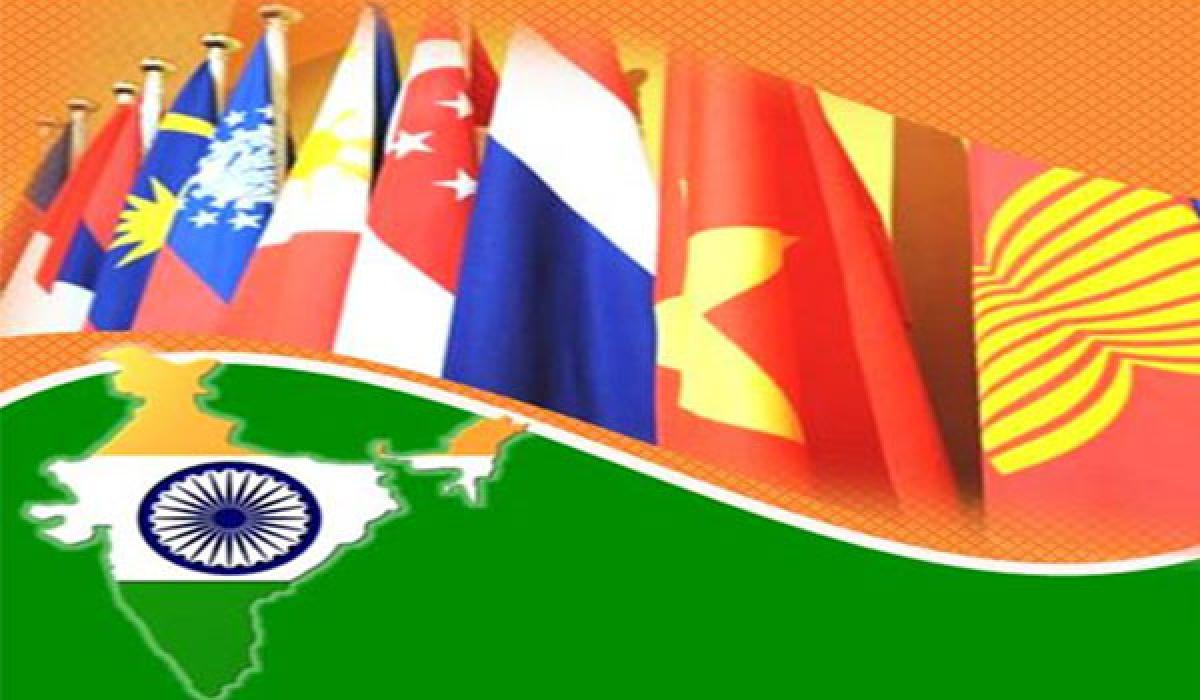A rapidly changing world, and the rise of the non-western countries in general, has often questioned the relevance of groupings like the G-7, that includes the United States, United Kingdom, Canada, Japan, France, Italy, and Germany. Since the global financial crisis in 2008, more inclusive and diverse groupings like the G20 have found more footing, particularly as the right forum for discussing matters of global governance. However, the G-7 summit meeting, continues to garner limelight at least in how these seven countries, try to inject contemporary realities into its agenda. For instance, the latest summit meeting of the G7 countries held at the German Alpine resort of Schloss Elmau, included as special invitees, countries like India, Argentina, Indonesia, Senegal, and South Africa.
The changing geopolitics and geoeconomics of the world have pushed the G7, to look out of its box, into an increasingly recognisable new grammar of politics and economics, that blurs the line between the global North and South. The rising spectre of China and Russia’s invasion of Ukraine have unravelled the growing interdependence between military and non-military dimensions of international affairs. The strategic repercussions of the rise in China’s comprehensive national power across the Indo-Pacific has impacted not only the security dynamics, but also the developments on climate change mitigation, infrastructure financing, global economic recovery, and health security. Research and innovation in new technologies cutting across the civil-military divide is disrupting the way nation states respond in both competitive and cooperative mode.
The Ukraine crisis in addition to upending the security order in Europe, has equally unsettled the energy market, with major consumers in different parts of the world divided over the issue of energy purchase from Russia. Very often, the Indian leadership has come under scrutiny from the Western political class, and commentators for its stance on the Ukraine war, but Delhi has managed to travel a path of its own, determined by a conscious understanding of the extent of its influence and limitations. The remnants of the global pandemic are evident across the world not only in terms of managing health security policies, but also in the challenges posed to global economic recovery and the Ukraine war has affected diverse realms including food security.
More than any other, Russia’s invasion of Ukraine has had the effect of changing the strategic frame of reference for the United States and its European allies. Though Delhi’s path of neutrality and reticence on Russia, has been called a number of names among its Western partners, India’s presence at the G7 summit emit signals of a new world order, wherein powers of the Western world understand the question of relevance hanging over their heads. But at the same time, it also shows how new power centres, such as India realize the importance of building closer ties with distant powers to deal with proximate powers, like China. So, it is indeed a complex geometry of geopolitics, which Delhi needs to traverse, as the post-World War-II security and financial order weakens, and the new one is still taking shape and going through its birth pangs.
Around the same time as the G7 summit, NATO partner countries congregated in Brussels and reflected on a complex security environment, owing to a rising China in the Indo-Pacific, and Russia as a threat in the Euro-Atlantic theatre. The joint statement pictured a world of “multifaceted threats, systemic competition from assertive and authoritarian powers as well as growing security challenges… from all strategic directions.” As the world is painted yet again as an ideological struggle between democratic and authoritarian systems, Delhi is stepping into a minefield of diplomatic manoeuvring as a country clearly on the side of the democratic world, but one that is informed by its history and geography to chart its own narrative of engaging with non-democratic powers in lieu of its own national interest.
Moreover, the inter-state dynamics is passing through an uncertain phase of dealing with the intended and unintended consequences of disruptive technologies that are growing more sophisticated and more autonomous by the day. There is much to be gained by engaging the West and making new partnerships to tackle multifaceted challenges of regional and global governance. From combating the vagaries of climate change to managing the task of providing alternatives to Chinese infrastructure and investments in its vicinity, India’s tango with the United States and its allies has a clearly visible anatomy.
Delhi has done well to build the muscles of these partnerships keeping a clear eye on the primarily counteracting the military and non-military ramifications of China’s growing footprints. However, the anatomy of India’s foreign policy is not a simple one, and the Ukraine war more than any other development has brought this to light. Contrary to what its Western partners expect, Delhi’s practice of strategic autonomy which remains the pulse of its foreign policy, lends it a distinct character, that could have its lure and pitfalls.
On the one hand, the dexterity it provides, seems commensurate with India’s own prominent standing in the international system as an ideational and material power. On the other hand, Delhi’s penchant for independent agency and its abhorrence to strict alliances might come with its own cost in times of both war and peace. Much of the Western national security strategies are grounded on binaries of friends and enemies in the international system. However, since its independent existence, India has chosen a path of engagement with the outside world, informed by a quest to hold contrasting elements and still find the way ahead. Among many others, India has been called a naysayer, a benchwarmer or its foreign policy has been termed indecisive, in the Western world. However, the anatomy of India’s foreign policy, with all its frailties, reflects Delhi’s innate quest for relative autonomy in decision-making, in an uncertain and dynamic global security environment.

The writer teaches at the Amity Institute of International Studies (AIIS), Amity University, Noida. He is also the Honorary Director of the Kalinga Institute of Indo-Pacific Studies (KIIPS).











